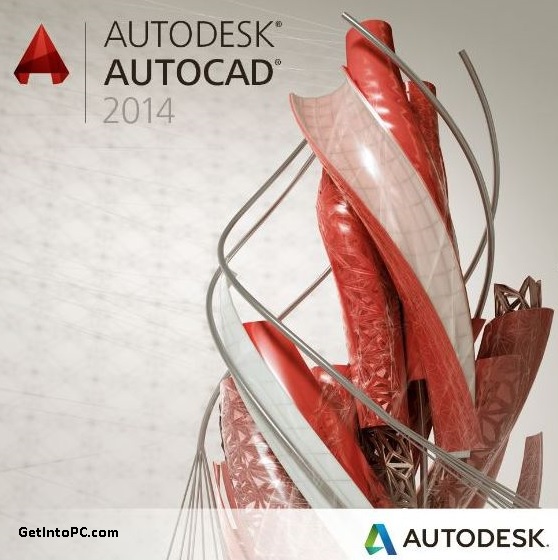

Depending on your chosen CAD software, you can design and work with anything from architectural drawings-graduating onto BIM-to electrical drawings to mechanical schematics. From architecture to engineering to gaming, it can be integral in the creation of designs. You can check the prices for AutoCAD and Maya on the Autodesk website.Computer Aided Design (CAD) software is at the forefront of most industries nowadays. The update with support for Apple Silicon Macs is free for current customers. Of course, users who still rely on Intel Macs will still be able to run AutoCAD and Autodesk Maya. “It’s exciting to see how customers can now take full advantage of the latest hardware and M-series chips for faster ways to work.” “AutoCAD for Mac 2024 and AutoCAD LT for Mac 2024 deliver incredible, new performance improvements with the ability to run AutoCAD natively on Apple silicon,” says Dania El Hassan, Director of Product Management for AutoCAD, Autodesk. However, users were frustrated since apps running through Rosetta just can’t run as fast as the native ones. It was previously possible to use both AutoCAD and Maya on Apple Silicon Macs thanks to Rosetta, the technology that translates Intel apps to ARM architecture.

On the other hand, Autodesk Maya is used to create advanced 3D animations. It’s widely used by architects, engineers, and other professionals. This means that the apps will run faster on Macs powered by the M1 and M2 chips, not to mention that they will use less power – which is great for MacBook users.įor those unfamiliar, AutoCAD is one of the industry’s most popular 2D and 3D modeling software.

With the update, AutoCAD and Maya can take full advantage of Apple Silicon chips, which offer more performance and better power efficiency. The announcement was made on the Autodesk blog (via Ars Technica). AutoCAD and Autodesk Maya for Mac get M1/M2 support This week, Autodesk updated the popular professional software AutoCAD and Autodesk Maya to run natively on Apple Silicon Macs. Since then, many developers have updated their apps to take advantage of the new M1 and M2 chips, but there are still many more apps that need to be updated. It’s been almost three years since Apple announced the transition from Intel Macs to Apple Silicon.


 0 kommentar(er)
0 kommentar(er)
